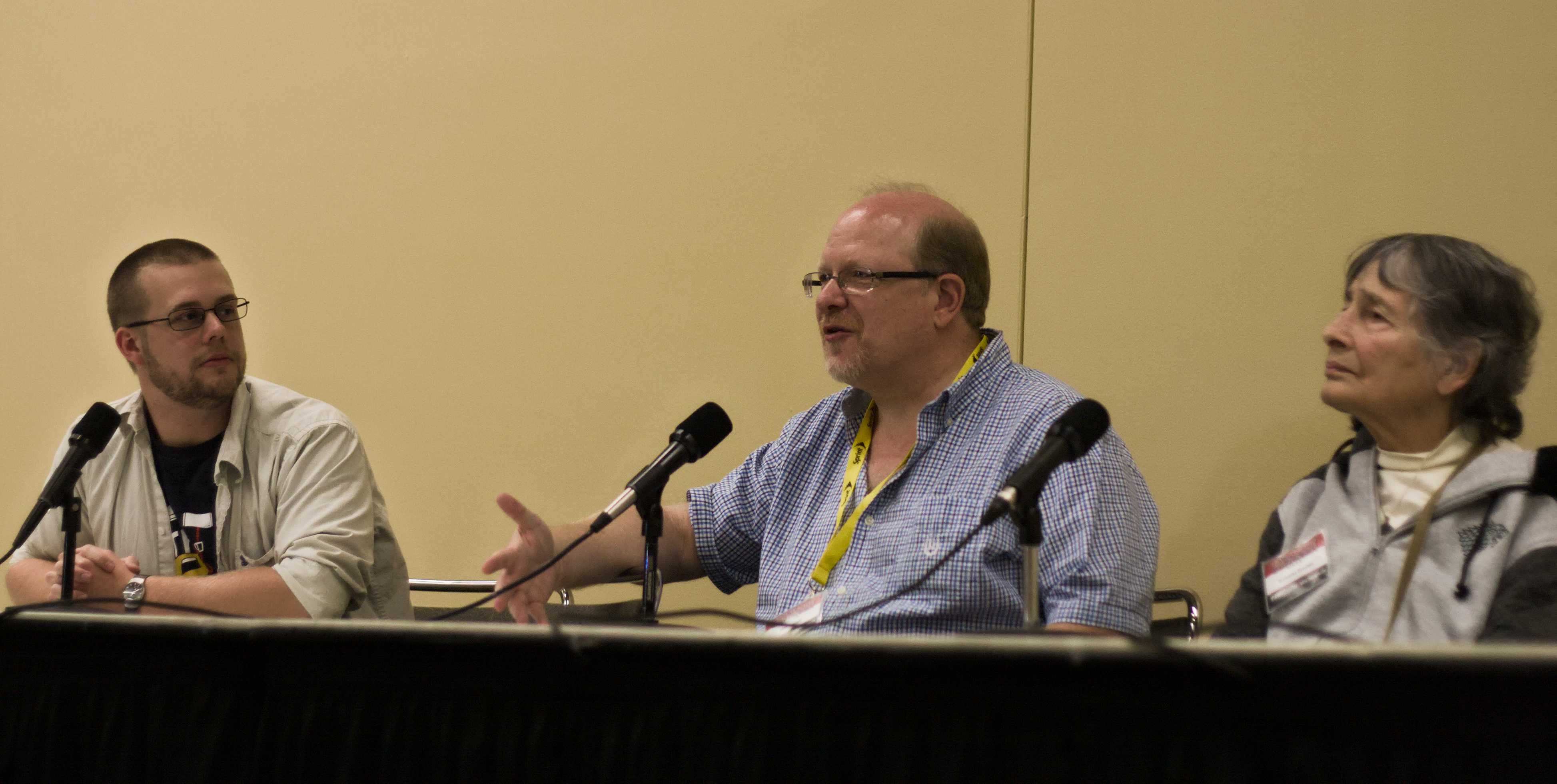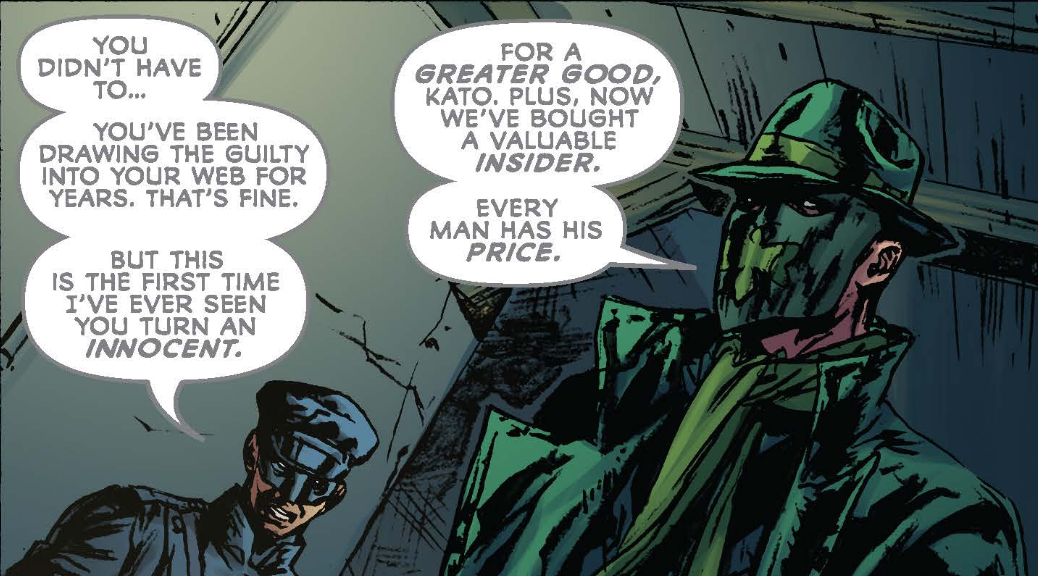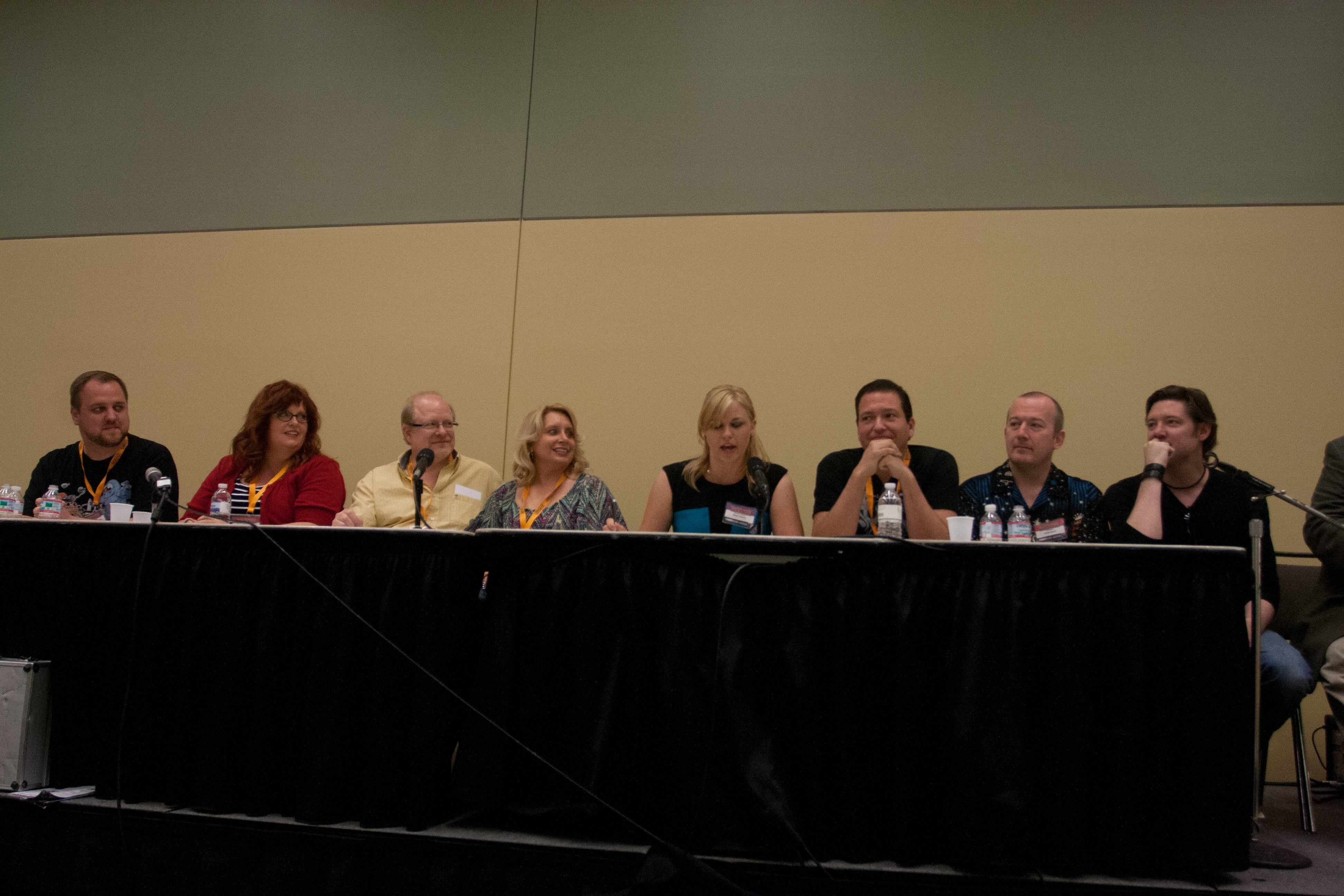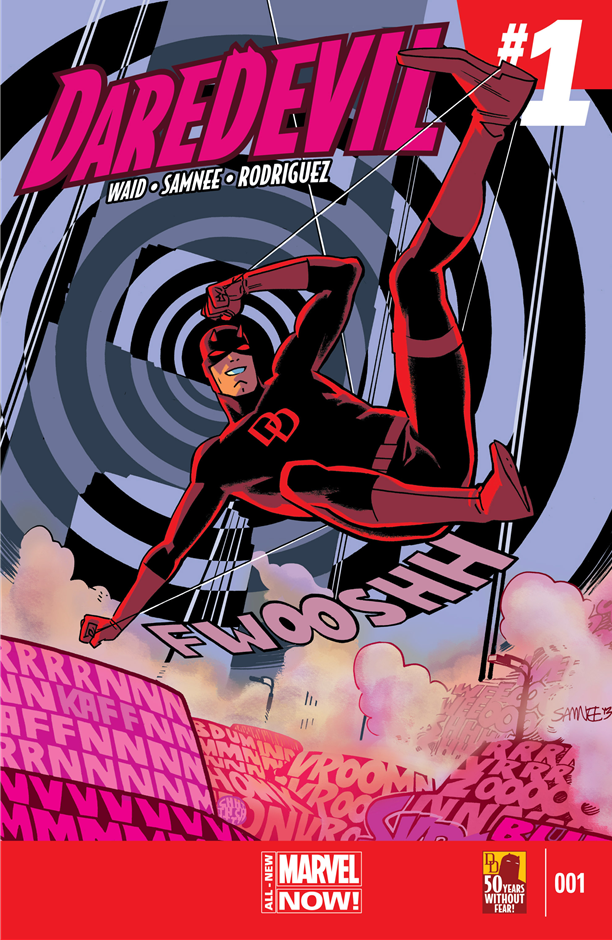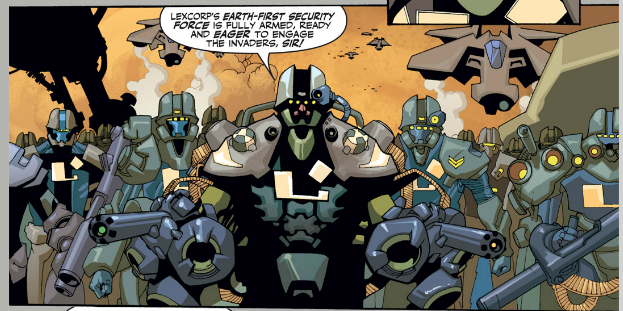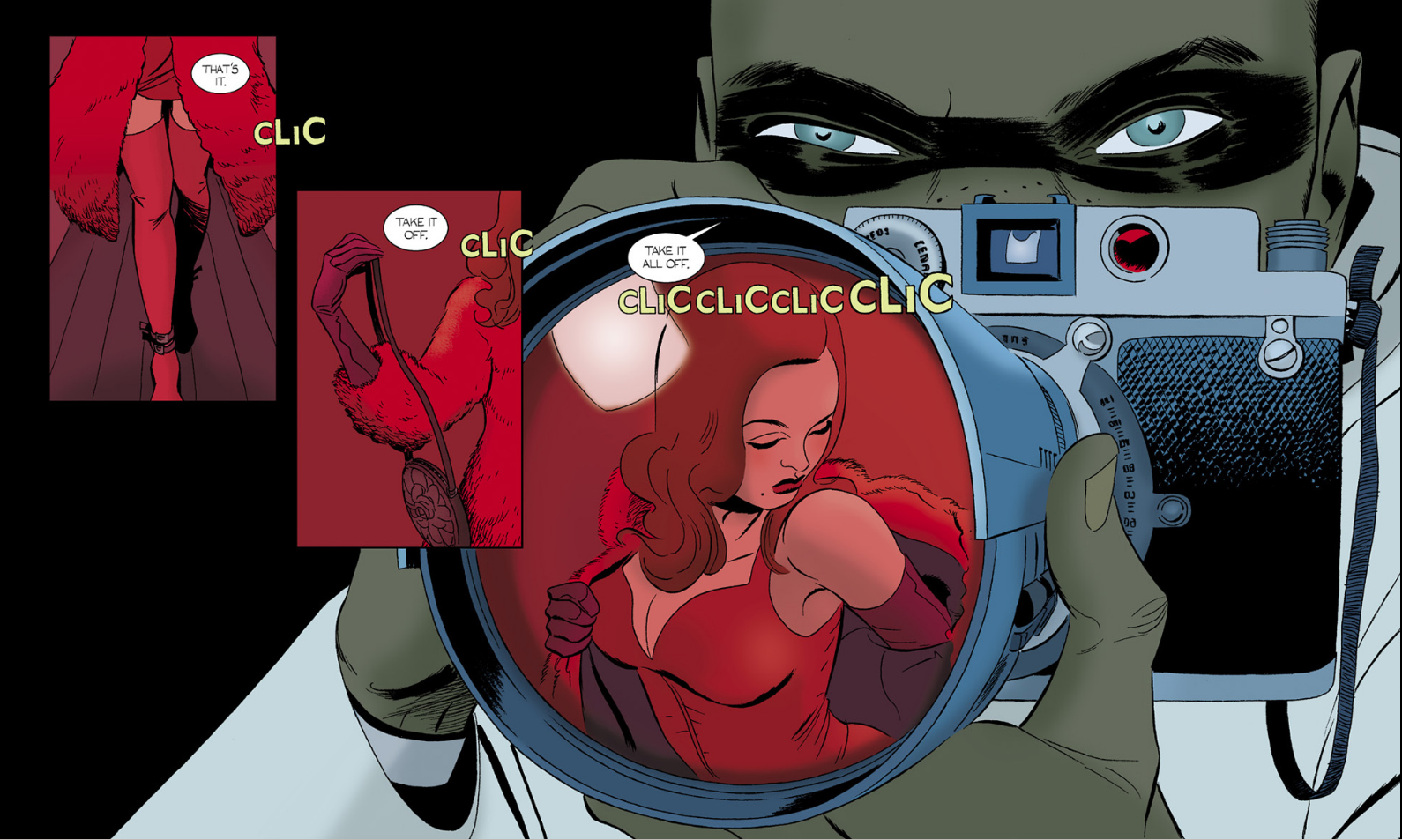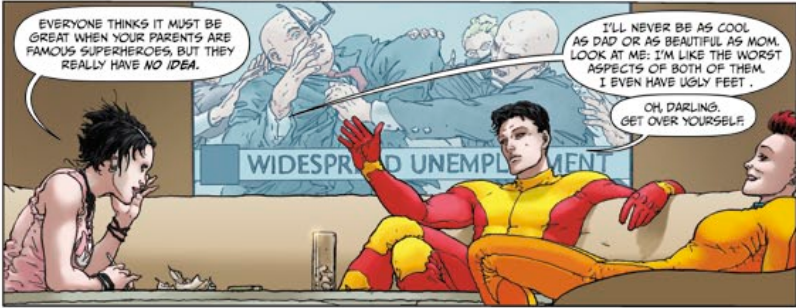As I mentioned in my John Carter first look, I’m somewhat new to Dynamite’s properties; more accurately, their licensed properties. When I attended the Pulp Panel at Baltimore Comic-Con 2014, I was interested in the Green Hornet for the first time. My only previous exposure was the trailer for the Seth Rogan film. I knew it was an old character from the time of the radio serials, but not much else. But after hearing about Mark Waid’s take on it, I flagged it as something to check out. Last time we looked at Kevin Smiths’ Green Hornet. This time we take a look at Mark Waid’s first two volumes. I don’t want to muddle things with comparisons, so I’ll just be taking a look at what Mark Waid did and, in about a month, there’ll be a comparison article.
As I did last time, I’d like to first quickly outline the story and then take a look at the themes Mark Waid is exploring. This time the story takes place in the 1940s, closer to the original Green Hornet stories. This allows Mark Waid to make use of pulp tropes and simpler technology. There are just some plots that don’t make sense in a world with Twitter, cell phones, the Internet, etc. The Green Hornet and Kato have been operating for a while, but not long enough that all the lowlifes know who they are. A new mob boss, Cerelli, arrives from San Francisco and already knows who The Green Hornet is, such is his infamy. In a plot that comes right out of the pulp era, The Green Hornet finds out that Axis power agents have infiltrated the USA and are trying to sabotage US efforts to assist the Europeans in the war. They are also waging a propaganda war to try and keep the US out of the war. Eventually Britt Reid figures out that the city’s industrialists are on the take as the Germans are paying them and they’re also collecting insurance on the goods they destroy. Additionally, it turns out that Cerelli is a German masquerading as an Italian. After The Green Hornet and Kato disrupt the German plot, they decide to retire as the events of this arc were hard to manage. Unfortunately, Lenore Case blackmails/guilt trips them into continuing. Thus we end with a proper pulp ending - the hero did some good, did some bad, and lost some of himself and his freedom in the process. (At least he’s alive at the end)

